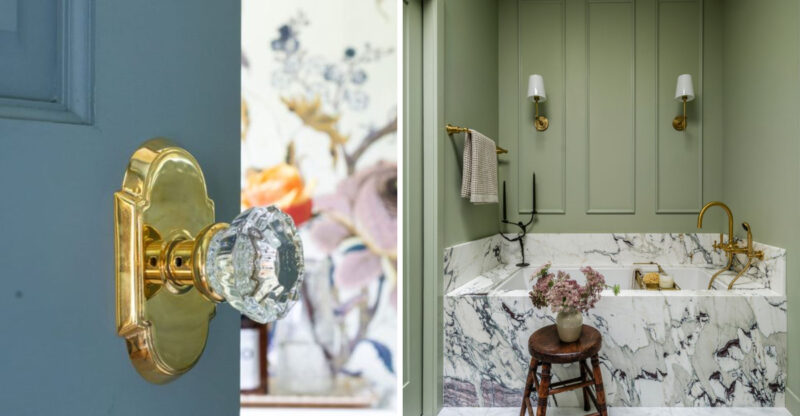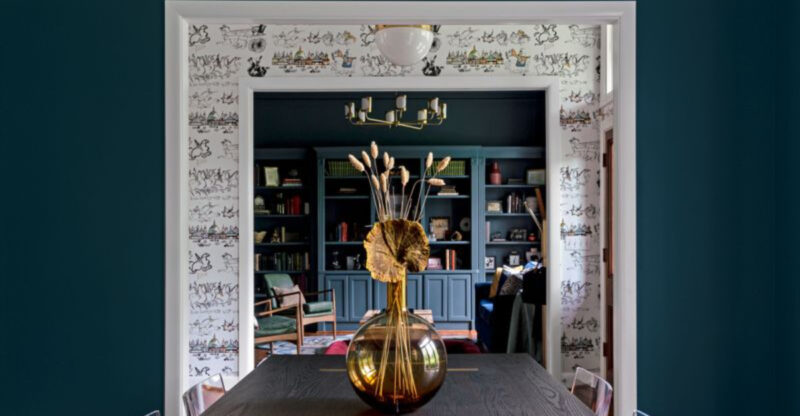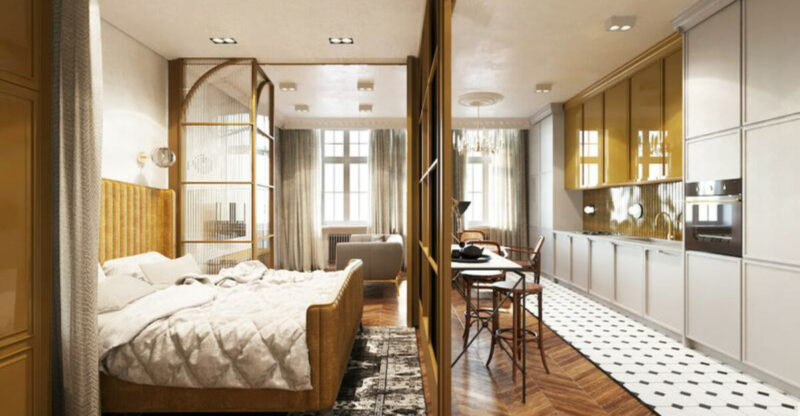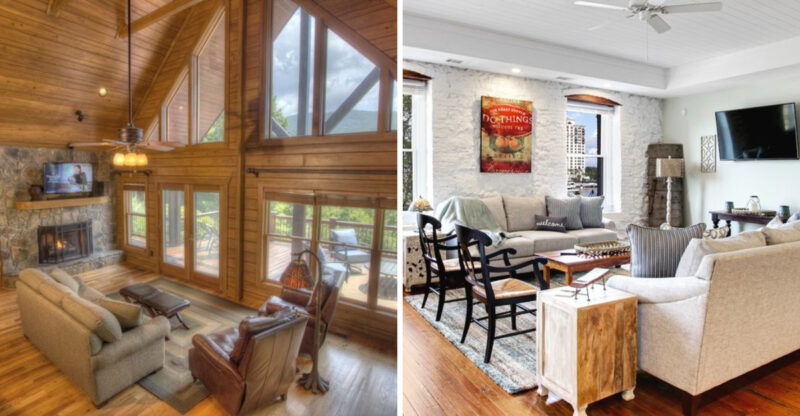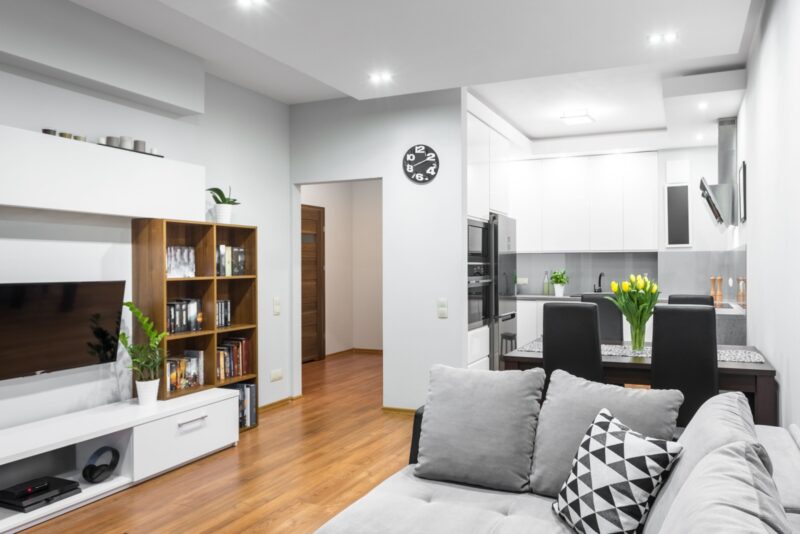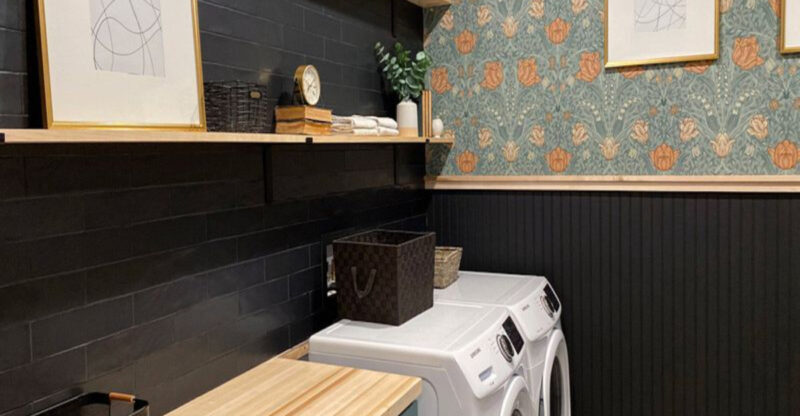10 Things Interior Designers Would Never Do In Their Own Homes
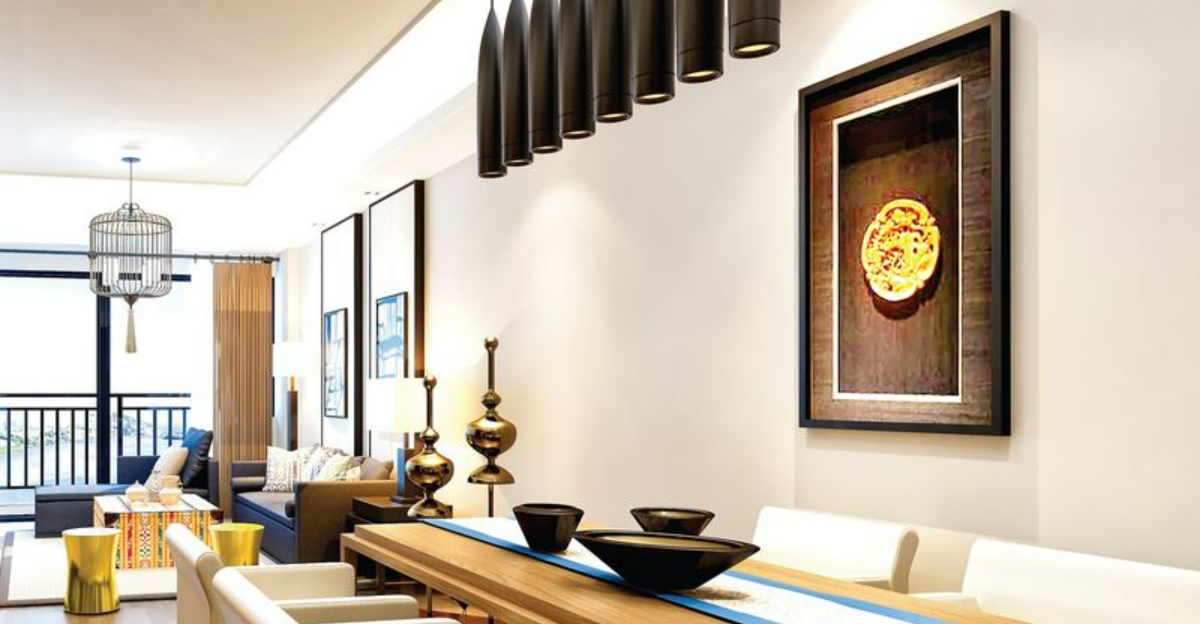
Ever wondered how professional interior designers decorate their own spaces? While they help clients create beautiful homes, there are certain design choices they avoid in their personal sanctuaries. I’ve gathered insights from top designers about the decorating mistakes they steer clear of.
These professional secrets will help you make smarter decisions for your own home makeover journey.
1. Matching Furniture Sets
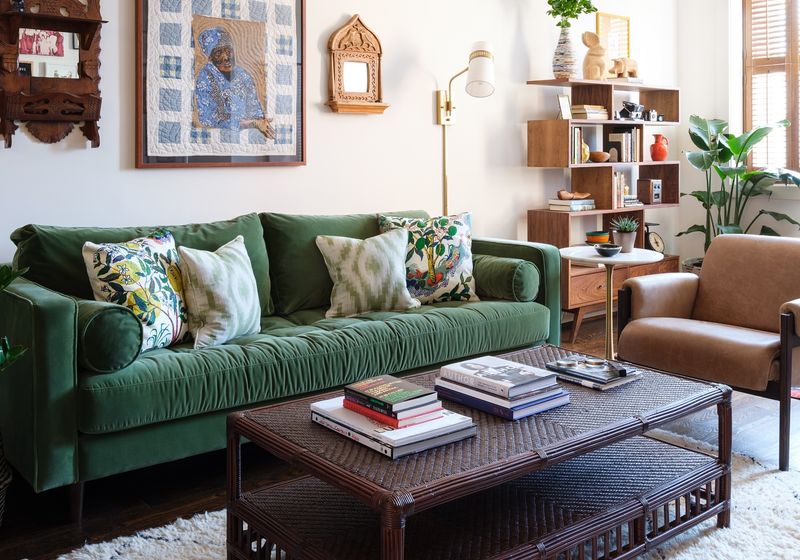
Walking into a furniture store and buying an entire matching set might seem convenient, but it’s a major no-no for professionals. Your home deserves more personality than a showroom floor! I mix different pieces that complement each other instead of perfectly matching.
This creates visual interest and makes spaces feel collected over time rather than purchased all at once. Even coordinating just two different wood tones can instantly elevate your room’s character.
2. All-White Everything
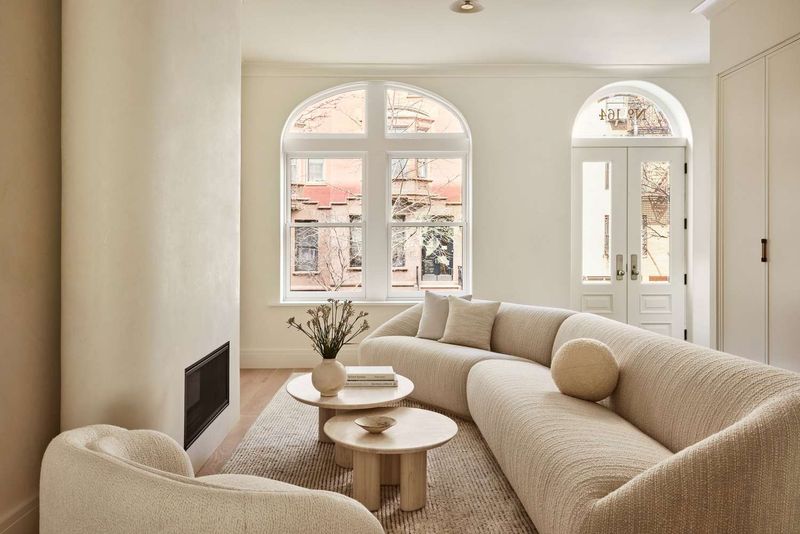
The pristine all-white aesthetic might look stunning on Instagram, but living in a completely white space? Absolutely impractical! White shows every speck of dirt and can feel sterile rather than welcoming.
I recommend incorporating warm neutrals and texture instead. Think creamy oatmeals, soft taupes, and gentle grays with varied textures. These create a serene backdrop while still hiding the occasional coffee spill or dusty corner that’s inevitable in real life.
3. Ignoring Scale and Proportion
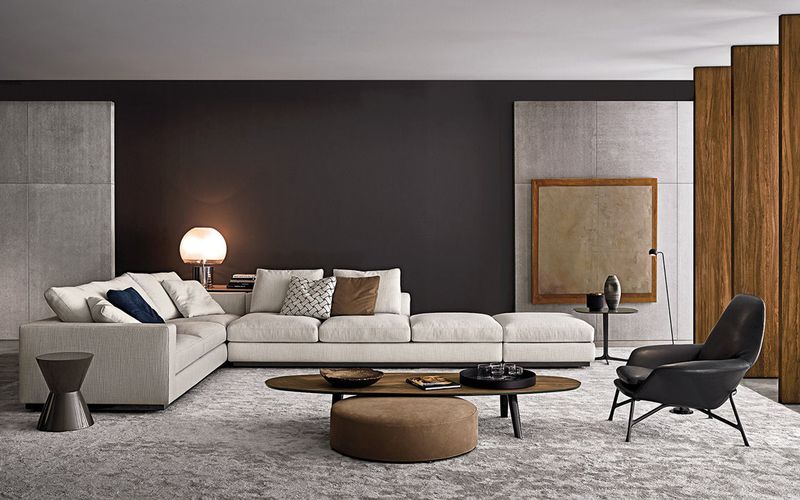
Tiny furniture floating in a massive room or oversized pieces cramped into small spaces create awkward, uncomfortable environments. Getting scale wrong is an amateur move! Before buying anything, I measure the room and create a floor plan.
This simple step prevents costly mistakes. For example, sofas should typically be proportional to the room size, while coffee tables should be about two-thirds the length of your sofa for visual balance.
4. Fake Plants Everywhere
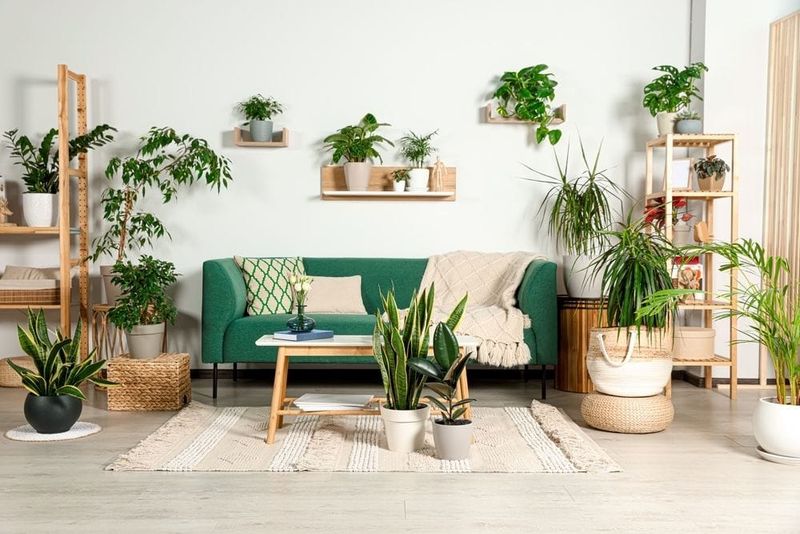
Fake plants might seem like a convenient, maintenance-free option, but they collect dust and often look artificial. Nothing beats the organic texture and life-giving quality of real greenery! For low-maintenance options, I choose snake plants, ZZ plants, or pothos that thrive with minimal care.
Even fresh flowers or branches from your yard can bring that authentic touch of nature inside. If you truly can’t maintain real plants, invest in high-quality faux options and dust them regularly.
5. Hanging Art Too High
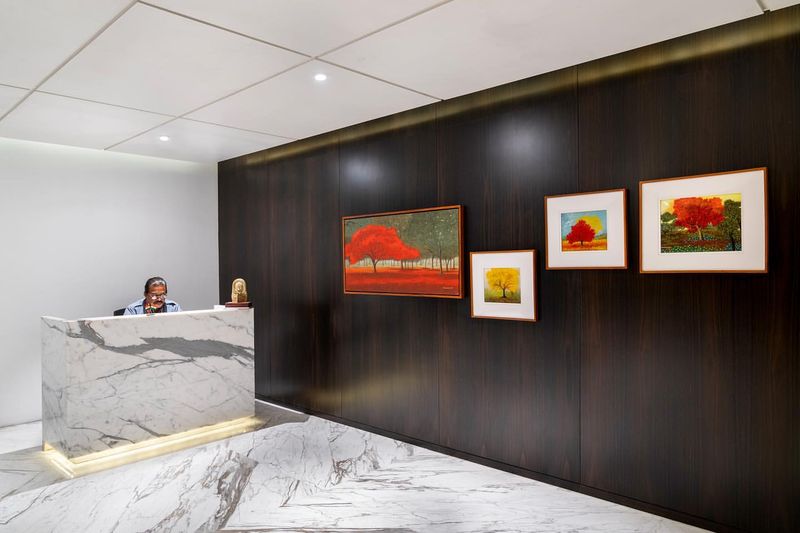
Nothing screams amateur decorator louder than artwork floating awkwardly near the ceiling! This common mistake creates visual disconnection between your art and furniture. The golden rule I follow: hang art at eye level, with the center point about 57-60 inches from the floor.
When placing art above furniture, leave just 4-8 inches of space between the furniture and the bottom of the frame. These simple measurements instantly create a more cohesive, professional-looking space.
6. Neglecting Lighting Layers
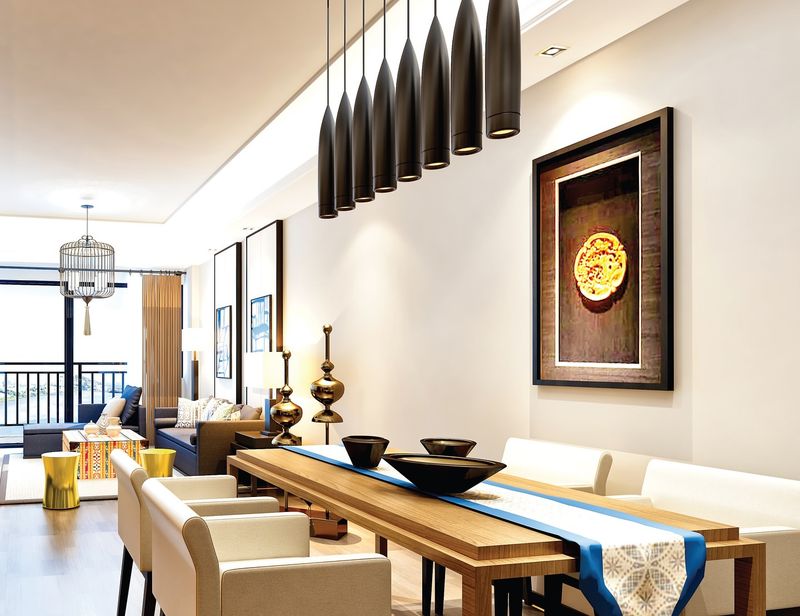
Relying solely on harsh overhead lighting creates unflattering shadows and misses the opportunity to create ambiance. Great lighting transforms ordinary rooms into extraordinary spaces!
I always incorporate three lighting layers: ambient (overall illumination), task (focused light for specific activities), and accent (highlighting architectural features or art). Table lamps, floor lamps, and wall sconces at varying heights create depth and allow for different moods throughout the day.
7. Pushing Furniture Against Walls
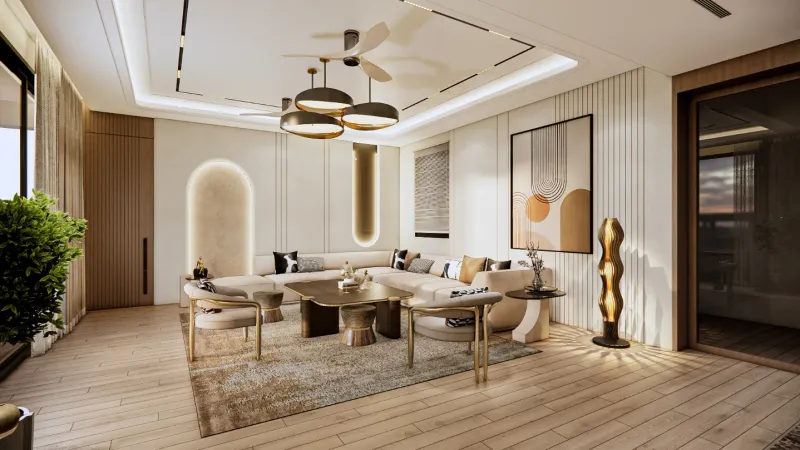
Remember college dorm rooms with everything pushed against the walls? That’s exactly what professional designers avoid! This common arrangement creates awkward empty spaces and hinders conversation. Float furniture away from walls to create more intimate conversation areas.
Even pulling pieces just a few inches from the wall makes a difference. Try arranging seating in conversational groupings where people can easily talk without raising their voices. This immediately creates a more sophisticated, welcoming atmosphere.
8. Trend-Chasing Without Consideration
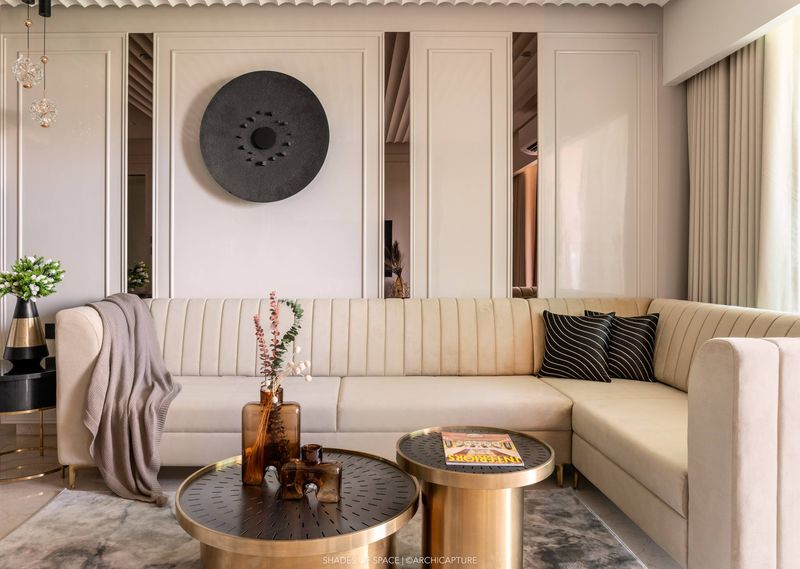
Following every passing trend leads to dated spaces that require constant updating. Remember chevron patterns and industrial everything? Trendy elements quickly become visual timestamps! Focus on timeless foundations with furniture and architecture.
I save trends for easily changeable accessories like pillows, throws, or small decor items. This approach allows me to refresh my space affordably when trends shift. Your home should reflect your personality and lifestyle, not just what’s currently popular on social media.
9. Overlooking Window Treatments
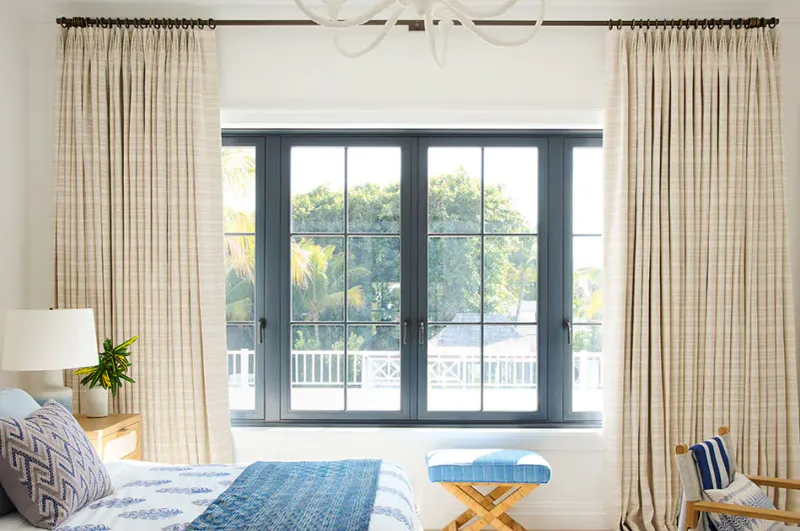
Skimping on window treatments is like forgetting to put on pants before leaving the house! Proper curtains or blinds finish a room and provide crucial privacy and light control. Hang curtains high and wide to make windows appear larger and ceilings taller.
The rod should extend at least 6-12 inches beyond the window frame on each side, and panels should just kiss the floor or pool slightly. This simple trick dramatically transforms rooms and adds softness through fabric.
10. Buying Rugs That Are Too Small
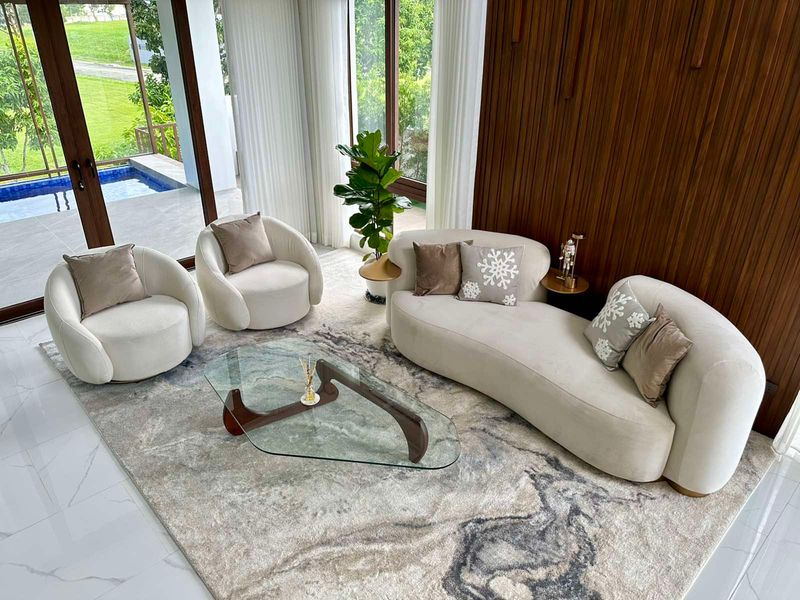
Tiny area rugs floating in rooms create disjointed, unfinished spaces. They’re the equivalent of wearing shoes two sizes too small – uncomfortable and visually off! For living rooms, I ensure the rug is large enough for at least the front legs of all furniture to rest on it.
In dining areas, the rug should extend at least 24 inches beyond the table edge so chairs remain on the rug when pulled out. These properly sized rugs anchor furniture groupings and define spaces beautifully.

